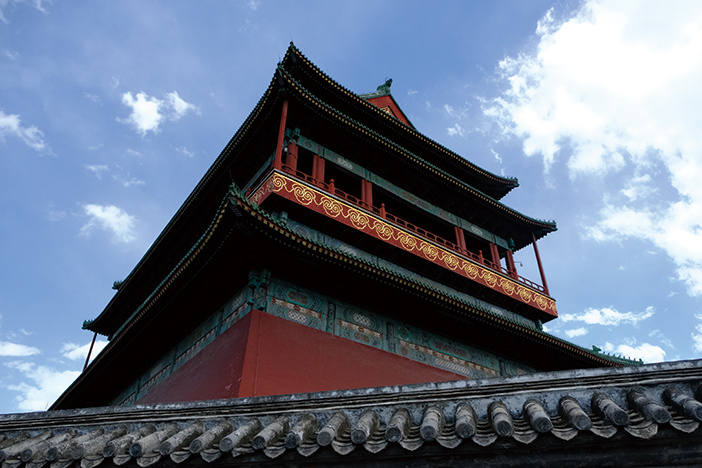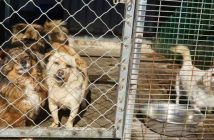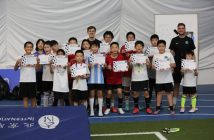Beijing consists of 16 districts containing over 21 million people. In this series, we will be focusing on seven neighborhoods in four separate districts, which have become the most popular among Beijing’s expat community. While these aren’t the only areas that are home to waiguoren, these are the most accessible and offer, in our opinion, the best Beijing experience depending on your tastes and preferences.
Inner Dongzhimen is a gateway to Beijing’s more historical areas, such as Gulou, Andingmen, and Yonghegong. Many of these old Beijing neighborhoods are being demolished to initiate new developments, such as the extension of the Airport Express, as the city makes moves to modernize, but there are still plenty of attractive housing options if you wish to live a more traditional Beijing lifestyle, complete with neighboring Mahjong parlors and small produce markets. Here, you can explore the hutongs, you are in walking distance to some of the city’s most significant cultural relics, and there are many awesome restaurants serving up authentic eats from Beijing and beyond.
Pros
+ Many famous Beijing restaurants
+Western-style amenities in a traditional Chinese environment
+ Hutongs and cultural areas
+ Airport Express stop in Dongzhimen
+ Convenient Subway access (Lines 1, 5, 6)
Cons
– Older hutong houses can have bad plumbing
– Many apartment buildings don’t always have elevators
– No major international schools in the area
– Hutong houses can be cold during winter
Residential Compounds
Most foreigners decide on this area of town for its more traditional Chinese aesthetic. This being said, your standard apartment compounds that are so ubiquitous to most of the city are less common, but do exist at East Lake Villas in Dongzhimen, Guanxuyuan near Yonghegong, and a handful of others near Dongzhimen and Beixinqiao stations. While some might be very rustic, others have the added bonus of providing you and your family with a private courtyard and occasionally even a rooftop terrace for a modest price compared to other more modernized areas of Beijing.
Schools
Where the hutongs lack in having any major international schools, they make up for in having a handful of small but well regarded pre-schools like La Maison Montessori de Pékin, Little Pace Preschool, and Jazzy Preschool for Gifted Children in outer Dongzhimen. Other primary and high schools can be found in nearby Sanlitun or CBD.
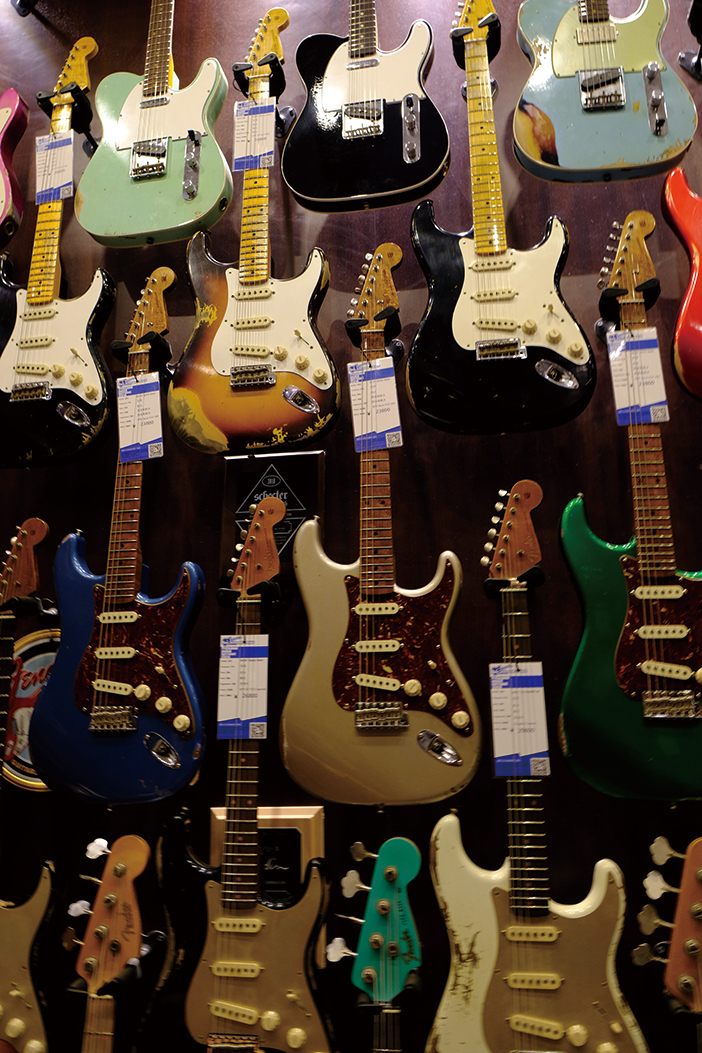 Shopping
Shopping
Traditional shopping, while less than you’d find in major commercial hubs in nearby Chaoyang and Sanlitun, they are still in the neighborhood at Raffles or Ginza Mall. Gulou is also your gateway to many small shops specializing in local souvenirs, musical instruments, and even vintage clothing.
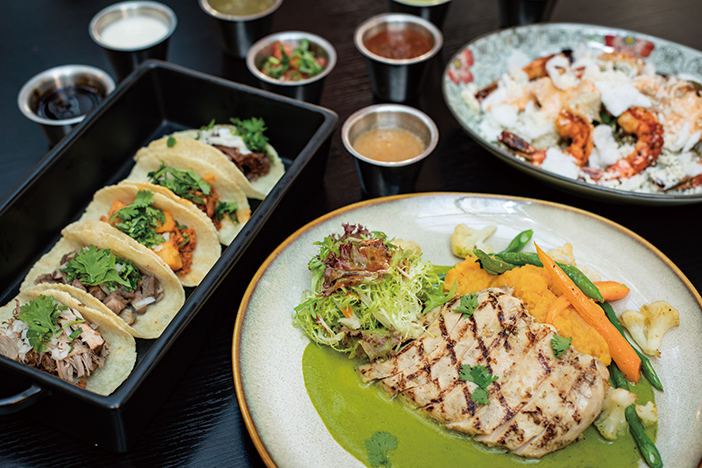
Pebbles Courtyard
Dining
Head over to Dongzhimen’s Guijie, for acres of hot pot and Chinese-style BBQ restaurants. Exploring some of the best Chinese food Beijing has to offer should no doubt be your focus if living in this area as it’s not only the most represented but also the most affordable. You can also find a couple other unique options like Furongji at the The Orchid for creative dim sum, or Pebbles Courtyard, which is highly regarded as one of the most authentic Mexican restaurants in Beijing, if not all of China.
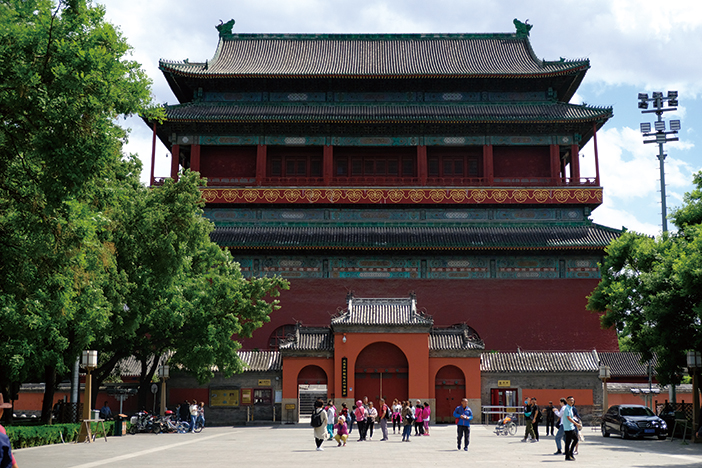 Where to Play
Where to Play
While proper play is marginally less accessible, as you often need to journey outside the compound or out of the hutongs, that doesn’t mean these opportunities don’t exist. There are plenty of great parks in the Dongzhimen and Gulou areas that rank among the best in the city, along with convenient access to well-known historical sites that are also wonderful to explore. If you are looking in Dongzhimen, there’s the small Nanguan Park that’s often filled with kids playing in the late afternoon. Closer to Yonghegong Temple, there’s Ditan Park, which features numerous amusement rides, like go-karts and merry-go-rounds, and plenty of green space. During the summer months, many families head north of Gulou, to Qingnianhu Park, and take a dip at its large and often less crowded, outdoor pool.
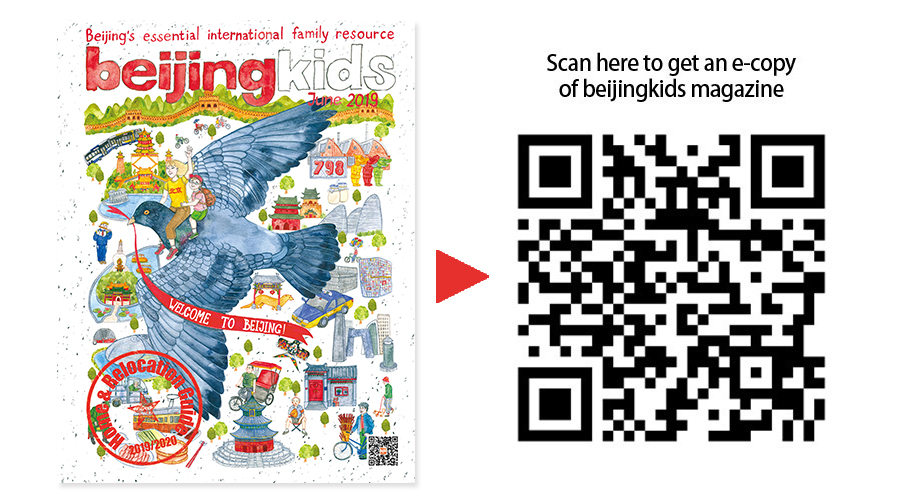
This article appeared in the beijingkids June 2019 Home & Relocation Guide issue.
Photos: Kipp Whittaker, Uni You


